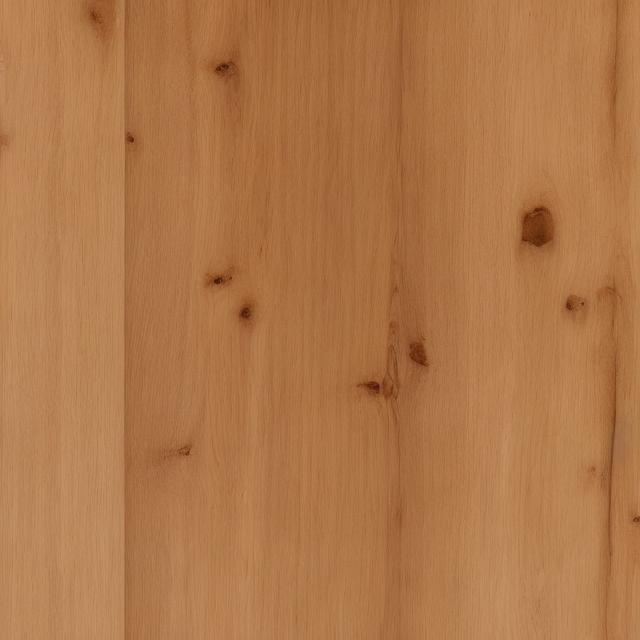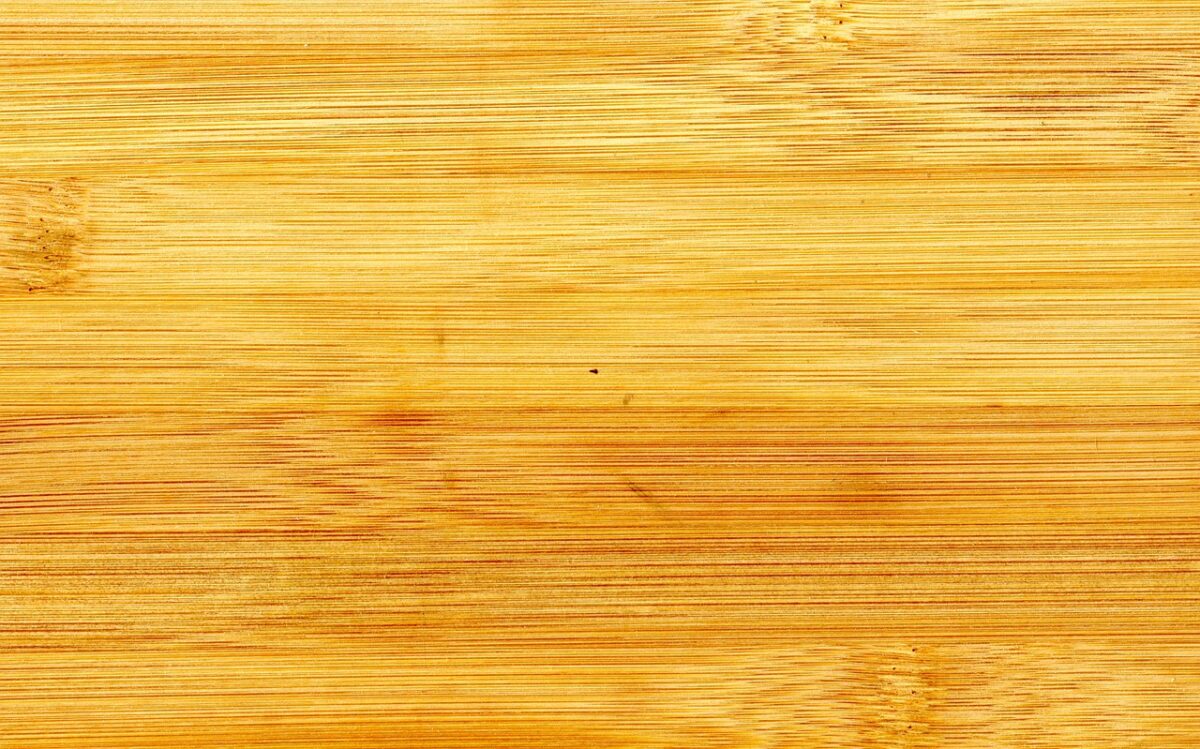The type of wood selected in different parts of your homer have lasting implications. Whether you’re looking for the right option for a custom furniture piece, cabinetry, or flooring, each option reveals its own advantages and disadvantages over time.
No selection is trivial in interior design, and no two types of wood are the same. Your selection of wood will influence the look, feel, AND function of your space.
…After all, interior design is about more than aesthetics—it’s about breathing life and character into your home. The stunning diversity of hardwoods opens a world of possibilities in texture, color, and history.
Learn about the wood types below and you’ll start imagining them all over your home!!
Selection sensibilities…
Just like when you learn what questions to ask yourself to choose the right fabrics, much of selecting wood types comes down to knowing what questions to ask yourself. There’s no right or wrong answer for a wood selection for furniture versus cabinets, for instance…it depends overall on your lifestyle, the local climate, and the “looks” you love.
Ask yourself:
- Where in your home are you using the wood? If you’re making a selection for your bathroom, it must be a wood that does not easily warp. In a kitchen, there will be so fumes floating around while you cook, so you need a wood type you can easily clean!!
- What type of grain do you prefer? Different grain types might have more knots or fewer knots; finer grain or more rustic grain; and even different directions the wood is cut in. These each have their own look and character, so know what you like!
- Do you live in an area with high humidity or heat? If you live in Northern Texas…the wood in your home will be up against ENORMOUS heat and humidity! Different types of wood will expand and retract over time. Be prepared for that.
Alder
Alder wood was first used by early civilizations in basic tools. During the Renaissance, this hardwood’s versatility began to stand out when it was used in more intricate designs.
Alder gained prominence in residential renovation in the mid-20th century. It was celebrated for its versatility. Alder’s light color and fine texture appeal to contemporary designers, making it an attractive choice for furniture, cabinets, and trim. The enduring appeal of alder wood blends tradition and modernity in interior spaces.
Alder is a hardwood, but it’s one of the softest. This makes it appealing for carpenters to work it into sophisticated designs.

Alder advantages include:
- Grain pattern: Alder is unique and distinctive
- Durability: Alder is resistant to wear and tear as a hardwood
- Stain and finish: Alder takes stains and finishes well for customizations
- Versatility: Alder is suited for various furniture, cabinets, and architectural elements
- Aesthetics: Alder’s light color lends a warm and timeless ambience to an environment
Cherry
Cherry wood’s popularity surged during the 18th century in the U.S. Though it had been used since ancient times, in its early days in design, cherry become a staple of elegant furniture due to its rich, reddish-brown hue.
In the 20th century, cherry wood gained more acclaim for its versatility. Today, in design it graces everything from classic cabinets to modern minimalist pieces. Cherry is recognized for its smooth finish and added beauty as it ages (since cherry wood patinas over time). Cherry continues to be a highly preferred choice in interiors, adding sophistication and warmth to countless spaces.
Do note, you must truly love the patina look to love your cherry hardwood long-term.

Cherry advantages include:
- Color: Cherry’s rich reddish-brown hue adds warmth and elegance to a space
- Aging: Cherry wood develops a beautiful patina over time
- Versatility: Cherry is suitable for traditional and modern design styles
- Durability: Cherry is resistant to wear, ensuring long-lasting appeal
- Finishing: Cherry wood takes stains and finishes well for customizations
Pine
Pine wood has been a cherished choice in carpentry and design for centuries. In ancient times, it was used in construction and furniture making due to its abundance and ease of cultivation. By the days of colonial America, pine wood was a primary material for furniture and paneling in homes because of its durability and versatility.
In interiors today, pine’s appeal lies in its natural and pale color as well as its prominent grain patterns. These come together in a rustic charm. Pine’s sustainability enhances its popularity today, making it a favorite option for both traditional and contemporary interior design.

Pine advantages include:
- Versatility: Pine is adaptable to both rustic and modern designs
- Sustainability: Pine is especially environmentally friendly due to fast growth
- Grain patterns: Pine has distinctive grains that add natural charm and character
- Finishing: Pine takes stains and finishes well for customizations
- Durability: With proper care, pine maintains a long-lasting appearance
Bamboo
Exotic woods like bamboo have a fascinating history in interior design. Bamboo, in particular, has been used since ancient times and is known for its extremely fast growth. It first became popular in Asia in diverse applications—from furniture to home construction.
In recent decades, bamboo’s appeal has transcended borders due to its sustainability and eco-friendly properties. This has made it a cornerstone of modern green and biophilic design.
Bamboo’s unique aesthetic is characterized by its linear grain and natural hues. This has made it a sought-after choice in contemporary interior design.

Advantages of many exotic woods include:
- Sustainability: Bamboo’s rapid growth makes it an eco-friendly choice
- Strength: Bamboo’s exceptional durability allows it to be used in various applications
- Versatility: Bamboo is suitable for flooring, furniture, and decorative elements
- Aesthetics: Bamboo’s unique grain patterns and natural hue adds exotic charm
Building requirements
The building requirements of your cabinets, flooring, trim or furniture shape what type of wood you should select. Each wood type has its benefits and cause for reconsideration in certain applications (and in certain households, depending on lifestyle and climate factors).
Know your limitations with WHATEVER wood you select in terms of how that wood is harvested, too. For example, a wood that could warp should NOT be used in 48” cabinet doors, because over time they will no longer fit or close properly!!
You can cut certain types of wood differently for a changing look, too. Imagine a horizontal cut instead of a vertical one—the grain looks totally different!
In the case of flooring, selections depend what hardwood is laid over, too…is there moisture in your foundation?
These are conversations to have with a craftsman who works with these woods every day. This might be a registered interior designer who crafts a custom piece of furniture for you, or a design-build renovation firm that works on your home’s renovation.
ASK the right questions and learn as much as you can about the woods you love!
Hardness ratings
One of the pillars of selecting hardwood is to know the Janka scale, which measures wood hardness. This scale evaluates how many pounds of force different wood types can take.
Here’s how the above woods measure up…
- Alder: 590 pounds of force
- Cherry: 995 pounds of force
- Heart pine: 1,225 pounds of force
- Eastern white Pine: 380 pounds of force
- Southern yellow pine: 870 pounds of force
- Bamboo: 1,380 pounds of force
When making a wood type selection for your home, there’s SO much to consider…it’s important to ask the professionals you work with lots of questions about the installation and construction of wood items, too. Will glue be used? Where will nails be placed? How will flooring be sealed?
Ask questions and be your own advocate.
This article gives you a starting point…now, keep the conversation going…join our private design community to learn even more!!

